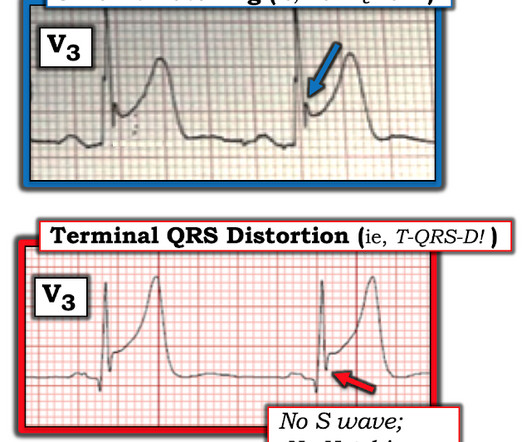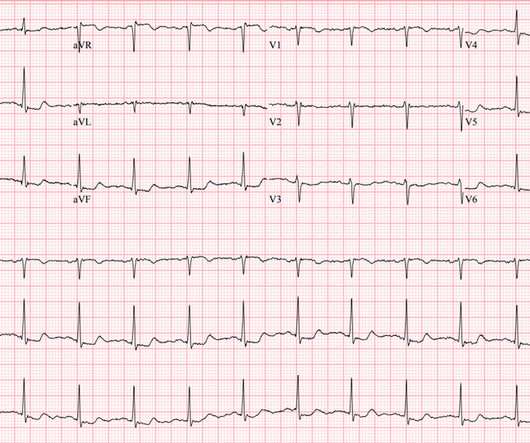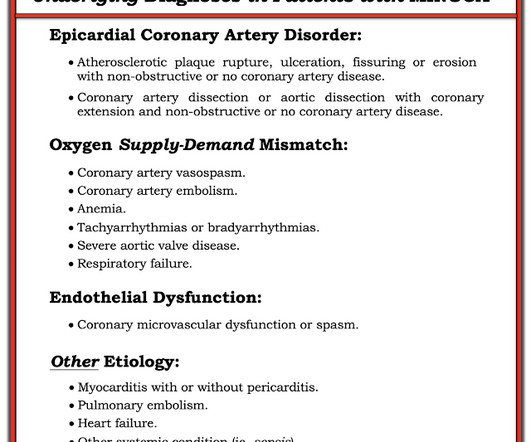Concerning EKG with a Non-obstructive angiogram. What happened?
Dr. Smith's ECG Blog
DECEMBER 19, 2023
The commonest causes of MINOCA include: atherosclerotic causes such as plaque rupture or erosion with spontaneous thrombolysis, and non-atherosclerotic causes such as coronary vasospasm (sometimes called variant angina or Prinzmetal's angina), coronary embolism or thrombosis, possibly microvascular dysfunction.











Let's personalize your content